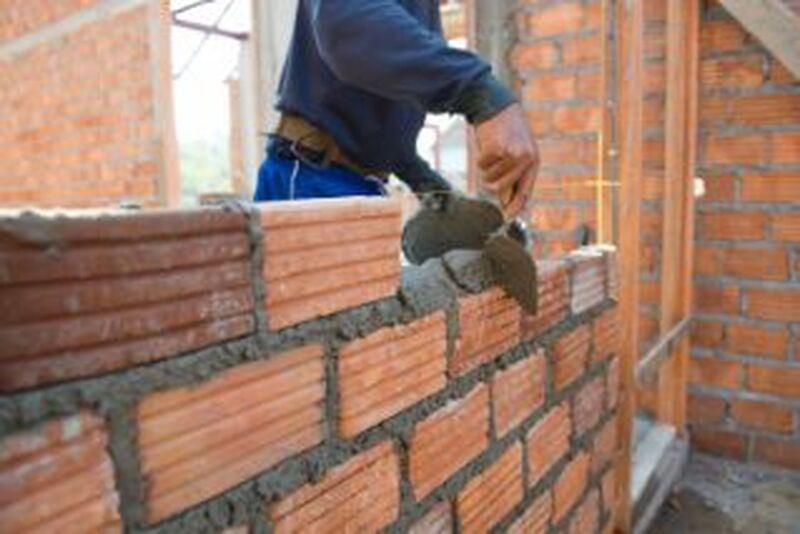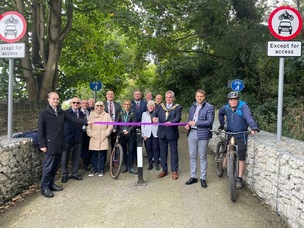ALMOST 4,000 properties in Barnsley have seen energy efficiency measures implemented in the last four years, new figures have revealed.
Under the Home Heating Cost Reduction Obligation, introduced in 2013, upgrades are made to homes with a low energy efficiency rating.
It is part of the government’s energy company obligation scheme designed to support those facing fuel poverty while also reducing carbon emissions.
Since the government’s commitment to the net zero target in June 2019, the number of energy efficiency improvements in low-income households across Barnsley has almost doubled.
Department for Business, Energy and Industrial Strategy figures show households in Barnsley had installed 3,910 ‘affordable warmth’ improvements between this year and 2019.
This brings the total measures implemented since the launch of the scheme to 8,250 - an increase on the 4,340 measures reported in 2019.
These included heating and insulation measures, such as more efficient boilers, heat pumps and solar panels.
However, charities have expressed concerns about the current phase of the scheme, suggesting it may fall short of delivering on a large scale.
Peter Smith, director of policy at National Energy Action, said: “It’s vital to make it easier for the scheme to support more fuel poor households.
“The government is aware which reforms will help it deliver its full potential and we hope they will be actively considered by the new Secretary of State.”
He added the scheme is currently ‘stalling badly and in danger of under delivering at scale’.
It comes after figures revealed that a large number of residents across the town are living in ‘fuel poverty’.
Fuel poverty in England is measured using the Low Income Low Energy Efficiency (LILEE) indicator.
This takes into account household income, energy requirements and fuel prices.
Those in homes with an EPC rating of C or above are not counted as fuel poor no matter their income or energy costs.
The data shows that in Barnsley, 17.3 per cent of our residents live in fuel poverty, compared to the national rate of 13.1 per cent.
In last year’s figures, which used 2020 data, the Barnsley rate was 19.2 per cent against a national rate of 13.2 per cent.
A spokesperson for the Department for Energy Security and Net Zero said: “The government’s record on energy efficiency speaks for itself, with the proportion of homes in England with an EPC rating of C or above up from 14 per cent in 2010 to 47 per cent in 2022.
“An additional 300,000 of the UK’s least energy efficient homes are in line for improvement under the new Great British Insulation Scheme and we have committed £6.6bn towards upgrades this Parliament, with a further £6bn from 2025.”




























